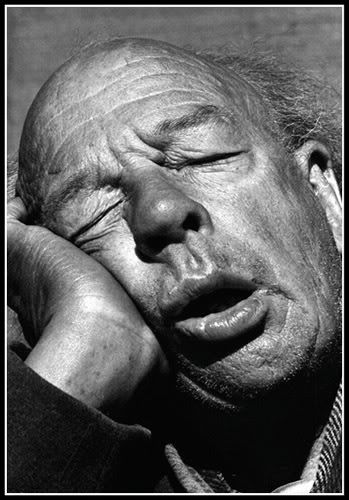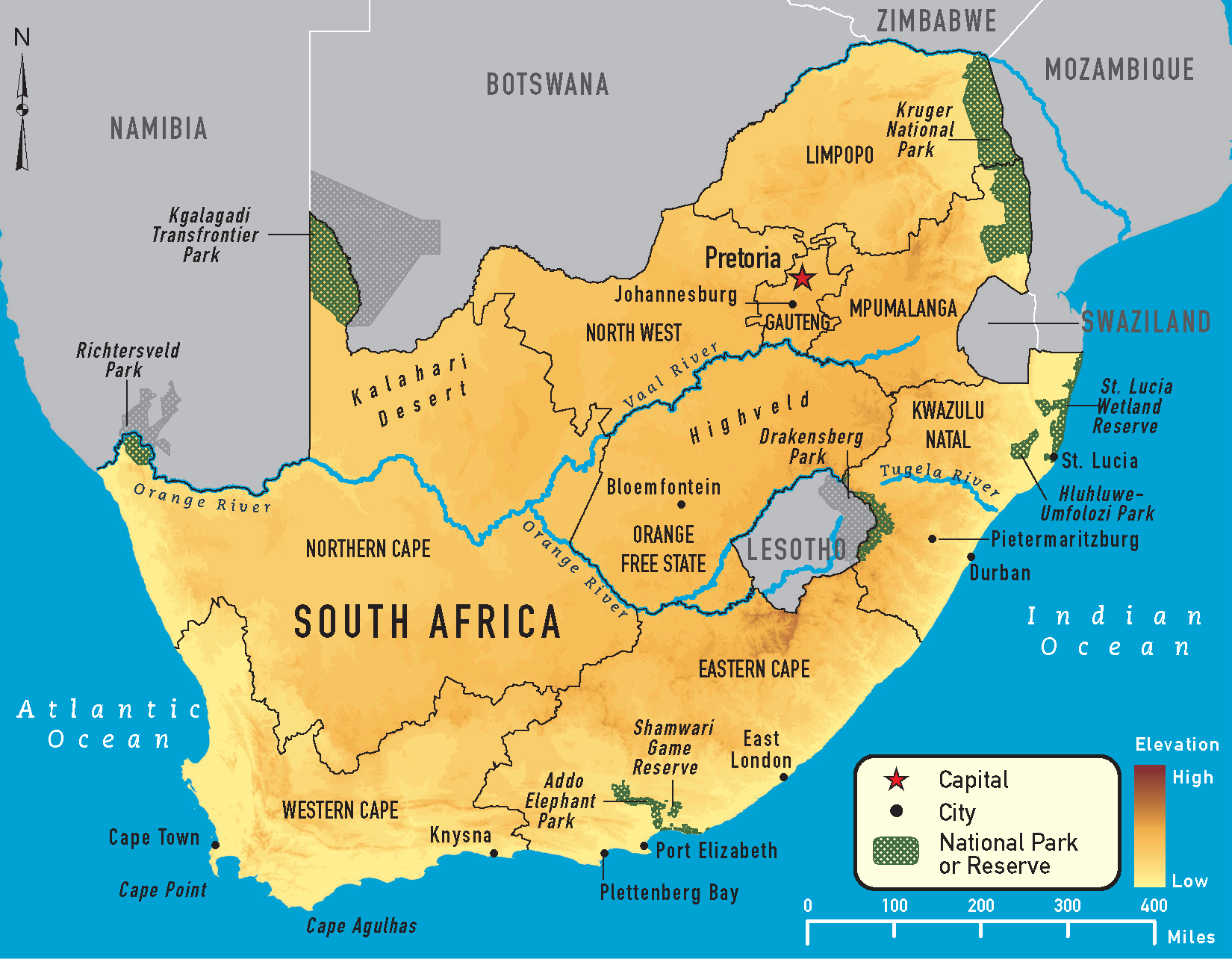Click here to take a survey for the seniors.
ROOTS
- mor, mort - death, mortal
- morph - form
EQ: What point of view will you use to tell your story? How will it enrich or bless your chosen reader?
 WHAT ABOUT DIALOGUE?
WHAT ABOUT DIALOGUE?
"Hi Tony," said Katy.
"Hey," Tony answered.
"What's wrong?" Katy asked.
"Nothing," Tony said.
"Really? You don't act like nothing's wrong."
Pretty tiresome dialogue, right?
Instead of writing a dialogue like the one above, a writer could condense the scene:
"Hi Tony."
Tony looked down at his shoe, dug in his toe, and pushed around a pile of dust. "Hey," he replied.
Katy could tell something was wrong.
Formatting Tips
1. The first thing to remember is that punctuation goes inside quotations.
"I can't believe you just did that!"
2. Dialogue tags (the he/she said of the quotation) SHOULD BE USED SPARINGLY. The dialogue and narration should be used to show the emotion or action stated in the tag. One of the most important rules of writing fiction is: show, don't tell.
DON'T DO TOO MUCH OF THIS:
"But I don't want to go to sleep yet," he whined.
TRY THIS INSTEAD:
He stood in the doorway with his hands balled into little fists at his sides. His red, tear-rimmed eyes glared up at his mother. "But I don't
want to go to sleep yet."
*A good writer will describe the scene in a way that conjures the image of a whining little boy.
3. Paragraphs are very important to the flow and comprehension of the dialogue.
Remember to start a
new paragraph each time the
speaker changes within the dialogue. This helps the reader know when someone new is speaking (and who it is).
Journal #32
Please answer these three questions for three kids' stories or one adult story of 5+ pages.
1. What point of view is the story written in?
2. What noble truth or lesson is in the story?
3. What gift could be paired with this story? How would it enrich the story's meaning?








 WHAT ABOUT DIALOGUE?
WHAT ABOUT DIALOGUE?